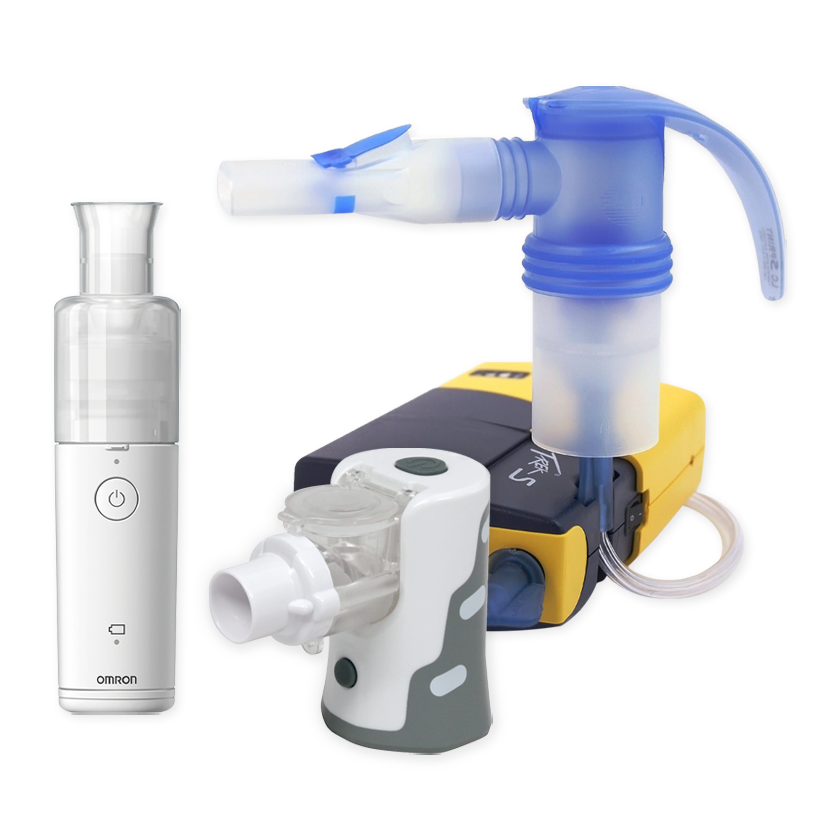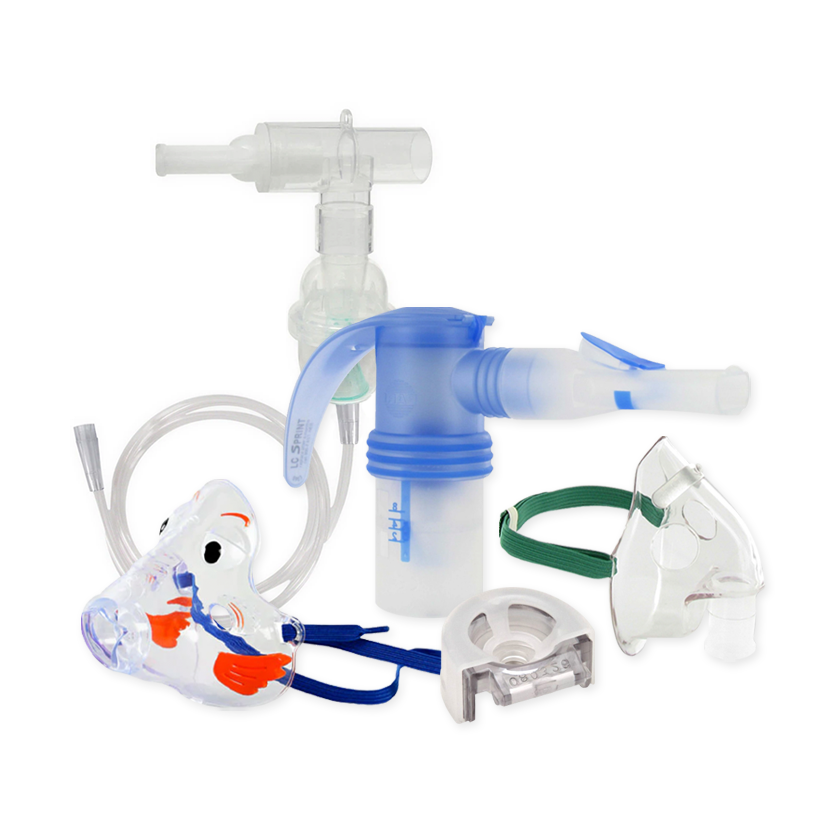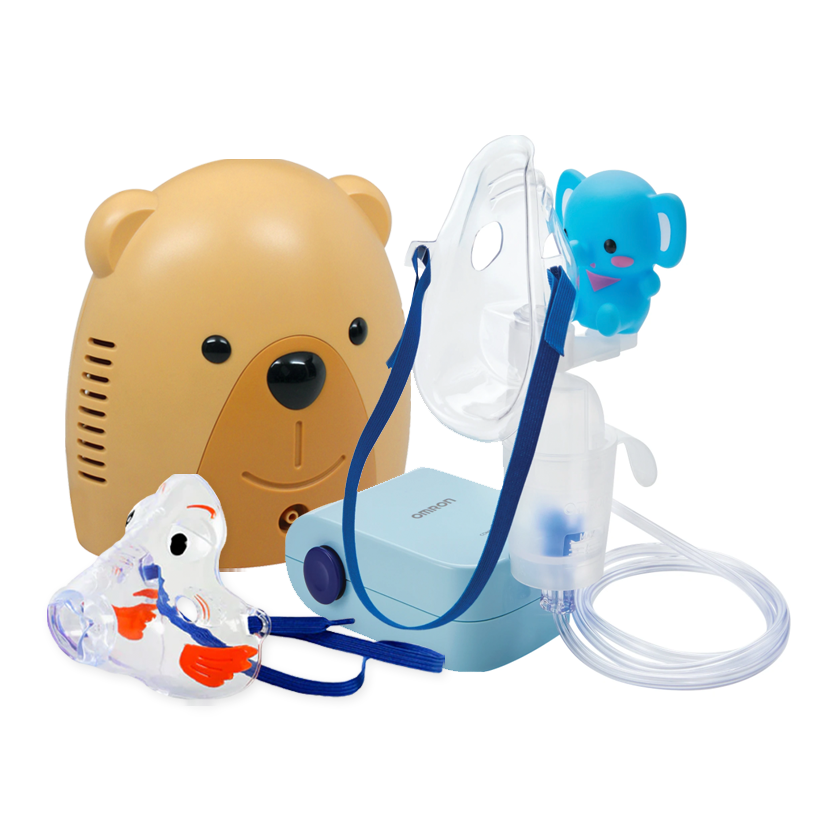Your Cart is Empty
Free Shipping on all orders over $75! Plus, free express shipping on select items.
Menu

Free Shipping on all orders over $75! Plus, free express shipping on select items.
Nebulizer Systems
Travel Nebulizers
Nebulizer Accessories
Just For Kids
Oxygen Supplies
Respironics Sidestream Nebulizers
December 12, 2011 2 min read
Sidestream nebulizers (sometimes misspelled as nebuliser) have some very helpful benefits associated with them. At the same time however, they may not be for everyone. Before making a purchase, review this breakdown of the advantages Respironics Sidestream Nebulizers bring, and the reasons for upgrading to the newer technology.
Advantages of Respironics Sidestream Nebulizers:
- Works with all standard compressor nebulizer machines
- Uses newer technology to decrease treatment times (typically under 10 minutes)
- Nebulizer treatment times are shorter because Sidestream Nebulizers use 5 times the aerosol producing jet holes
- More jet holes means more medication enters your lungs with each breath
- Produces very consistent particle size of less than 5 microns
- Compatible with masks and other standard attachments – just like traditional nebulizers
Reasons for Upgrading to Respironics Sidestream Nebulizer:
- Medication is nebulized at a faster rate
- Faster rate of nebulization delivers nebulizer treatments in much less time
- More effective delivery – Sidestream nebulizers output a consistently respirable particle size
- Less time spent taking a nebulizer treatment means more time spent with loved ones
These differences between traditional and Sidestream nebulizers can have a big effect on your nebulizer treatment. Respironics Sidestream Nebulizers have faster treatment times than traditional jet nebulizers, yet they tend to waste more medication. This is a tradeoff you need to weigh.
Because of the increased wastage, Respironics Sidestream Nebulizers should not be used with the antibiotic TOBI® that's used to treat cystic fibrosis. If you've been prescribed TOBI® to treat your cystic fibrosis, consider using a PARI nebulizer, specifically the LC Plus model as it has been recommended by the FDA. Be sure to consult your healthcare provider about your medication and which type of nebulizer works best with it.
Subscribe
Sign up to get the latest on sales, new releases and more …

NEW CUSTOMERS SAVE 10% OFF YOUR FIRST PURCHASE OF $20 OR MORE.
Code will be sent to email entered if applicable
SIGN UP FOR FUTURE SALES, NEW PRODUCTS AND ANNOUNCEMENTS
{"themeColor":"#061f77","iconColor":"#061f77","showLogo":true,"topBottomPosition":0,"rightLeftPosition":5,"iconSize":"large","iconCustomSize":64,"position":"middle-right"}



